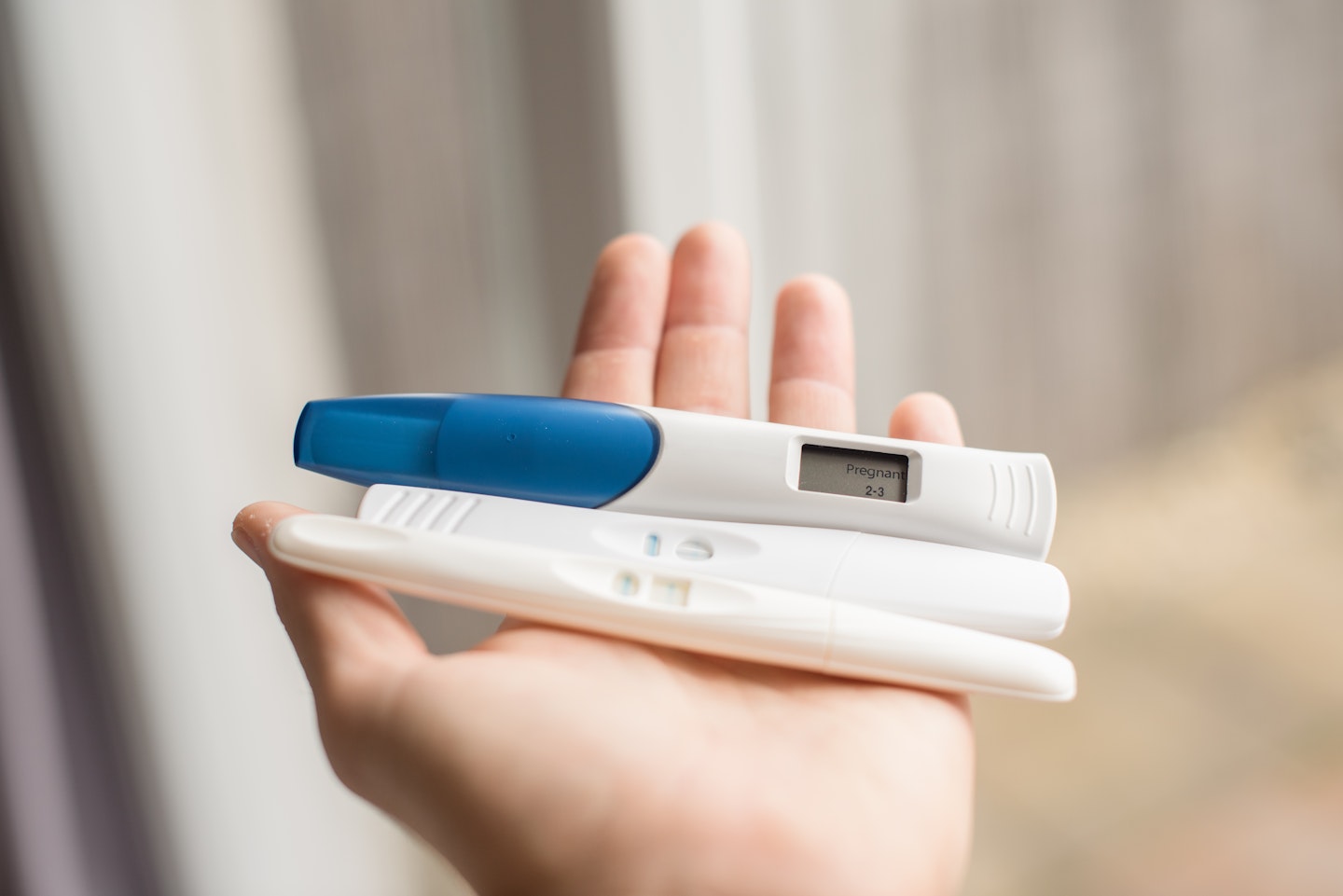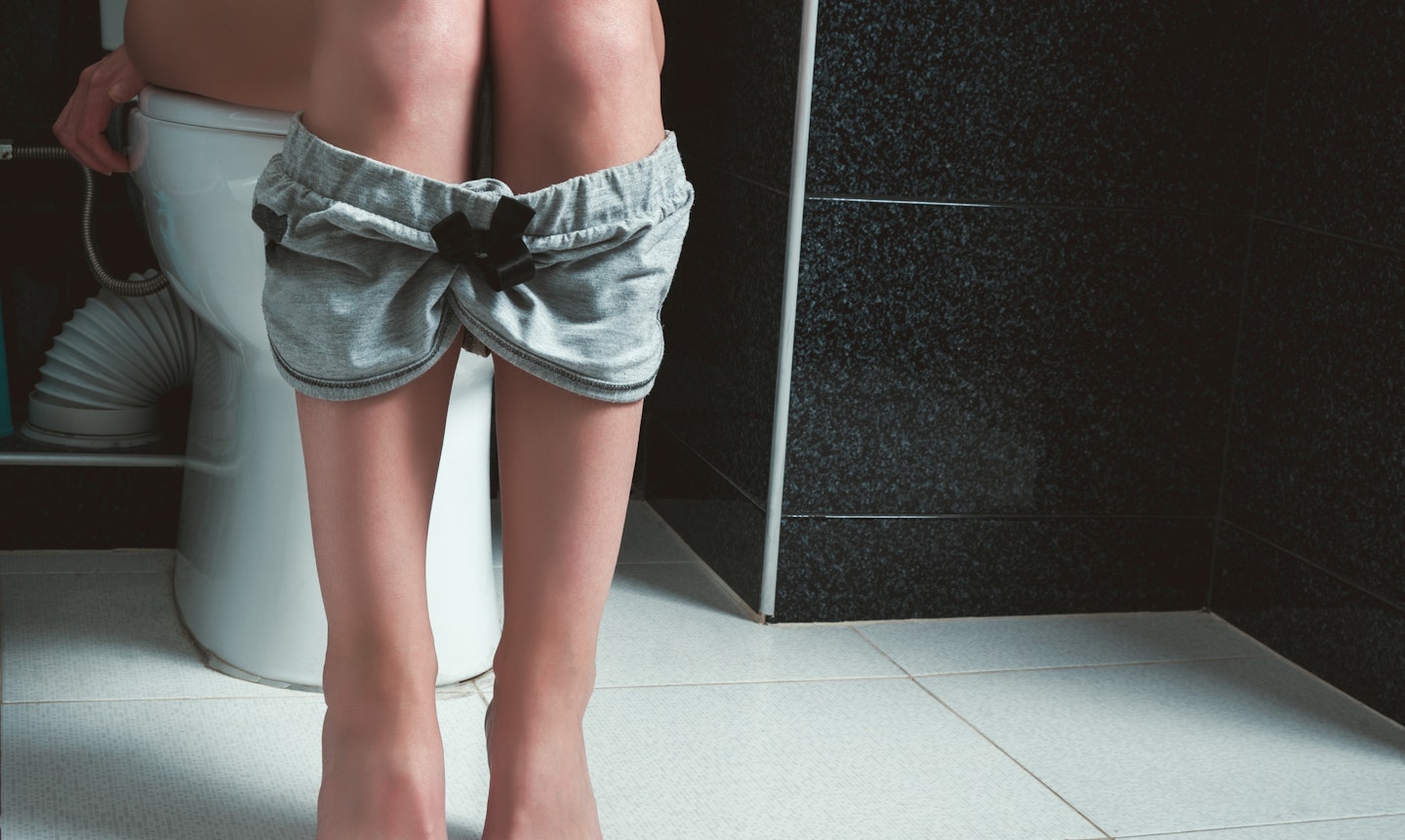Every kind of contraceptionhas a chance of being unsuccessful as none of them are 100 per cent accurate in preventing pregnancy.
The intrauterine device (the IUD) is over 99 per cent effective in preventing pregnancy from taking place, but is it possible to get pregnant while using an IUD? Here is everything you need to know about the effectiveness, the risks of the IUD coil, and how it works.
In this article:

The IUD, which is known more commonly as the coil, is a small t shaped contraceptive device that is fitted into the uterus to prevent unwanted pregnancy.
The intrauterine device can stay in the womb from 5-10 years depending on your age and the type of IUD.
Related: Can you get pregnant on the pill?
The IUD, made from plastic and copper, stops the transport ofsperm into the fallopian tubes and from reaching the woman's egg, preventing it from surviving in the womb and fertilising it by releasing copper into the body. The release of copper changes the make-up of the fluids in the womb and delays the egg getting to the womb which stops it from implanting.
The IUD prevents pregnancy from the moment it is fitted until it is removed by a specialist. Although the coil prevents pregnancy, it cannot prevent you from getting sexually transmitted infections (STI's.)

The NHS says the IUD coil is more than 99 per cent effective as a form of birth control and it can be fitted any time during your cycle, as long as you aren't pregnant. However, there is a chance you could get pregnant if the IUD has moved, and is no longer in place.
When you get an IUD fitted, the nurse will teach you how to check that it's still in place by feeling for the two thin threads which should be at the top of your vagina.
Although it is highly unlikely the threads will come out, the NHS recommends to check it is in place a few times in the first month of getting it fitted, and after each period, or regularly.
If you cannot feel the threads or think they have moved, you might not be protected from pregnancy.

The NHS has provided the advantages and disadvantages of getting the coil fitted:
-
It protects against pregnancy for 5 or 10 years, depending on the type.
-
Once an IUD is fitted, it works straight away.
-
Most women can use it.
-
There are no hormonal side effects, such as acne, headaches or breast tenderness.
-
It does not interrupt sex.
-
It's safe to use an IUD if you're breastfeeding.
-
It's possible to get pregnant as soon as the IUD is removed.
-
It's not affected by other medicines.
-
There's no evidence that an IUD will affect your weight or increase the risk of cervical cancer, cancer of the uterus or ovarian cancer.
-
Your periods may become heavier, longer or more painful, though this may improve after a few months.
-
It does not protect against STIs, so you may need to use condoms as well.
-
If you get an infection when you have an IUD fitted, it could lead to a pelvic infection if not treated.
-
Most women who stop using an IUD do so because of vaginal bleeding and pain, although these side effects are uncommon.

-
Pelvic infection: You will be checked for any existing infections before getting the coil. However, there is a small chance of getting a pelvic infection in the first 20 days after getting the coil.
-
Thrush: There's an increased chance that you might get thrush, that keeps coming back, once the coil has been fitted.
-
Rejection/displacement: An uncommon risk of getting the coil is that it could be rejected by your womb, or it can move.
-
Womb damage: Having the IUD fitted can make a hole in the womb when it has been put in, but this is rare.
-
Ectopic pregnancy: If the coil fails by moving, there is a small risk of having an ectopic pregnancy.
How to remove the IUD
If you have decided you want to have the coil removed for whatever reason, this is not something you should do yourself. It can be removed at any time by a trained doctor or nurse, you simply need to book an appointment to remove the device.
